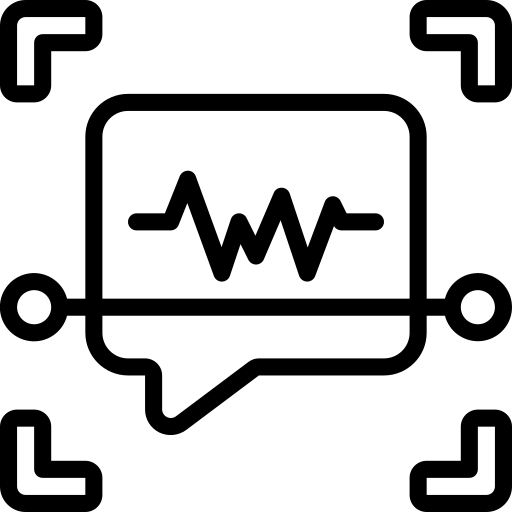When is sound monitoring required?
If noise levels are suspected to exceed action levels or regulatory limits.
What equipment is used to measure sound?
Dosimeters, sound level meters, octave band analyzers.
What are action levels for noise exposure?
85 dBA as an 8-hour TWA, 50% of Permissible Exposure Limits (PELs).
What are the Occupational Safety & Health Association (OSHA) Permissible Exposure Limits (PELs)?
90 dBA for 8 hours, 95 dBA for 4 hours, etc.
What data is collected during sound surveys?
Noise sources, levels, variations, employee exposures, octave band analysis.
Where should dosimeters be placed on workers?
Shirt collar to represent noise entering the ears.
How long are monitoring sessions?
Long enough to calculate 8-hour time-weighted average (TWA) exposures.
What factors can affect instrument accuracy?
Wind screens, calibration, interference.
When should monitoring be repeated or continued?
Annually, whenever processes change, or results approach action levels.
What information is included in sound survey reports?
Methods, maps, results, interpretations, recommendations.
What training is required for personnel conducting monitoring?
Proper use of instruments, procedures, and interpretation of results. For more information please visit our Hearing Conservation Training section.
What are common sound monitoring mistakes?
Improper microphone placement, lack of calibration, bad instrument choice.
Who should review and interpret the results?
A qualified professional like an industrial hygienist. Contact Us to get support or request Sound Monitoring. Our skilled team of EH&S specialists is ready to assist you.
What hearing protection may be needed?
Selection depends on noise levels and exposures.
Do employees need training on sound monitoring results?
Yes, they must be informed of the results.
Which regulatory agency enforces noise monitoring?
Federal Occupational Safety & Health Association (OSHA) and state plan agencies like Occupational Safety & Health Association (Cal/OSHA).
How can sound monitoring findings improve hearing conservation?
Identify needs for controls, protection, and hearing testing.
How long must sound monitoring records be kept?
At least 2-3 years is advisable. 30+ years recommended.
What are the National Institute for Occupational Safety and Health (NIOSH) noise measurement methods?
The National Institute for Occupational Safety and Health (NIOSH) Manual of Analytical Methods, Ch. 6.
How can equipment noise output be determined?
By taking measurements at the operator’s position per ANSI standards.




